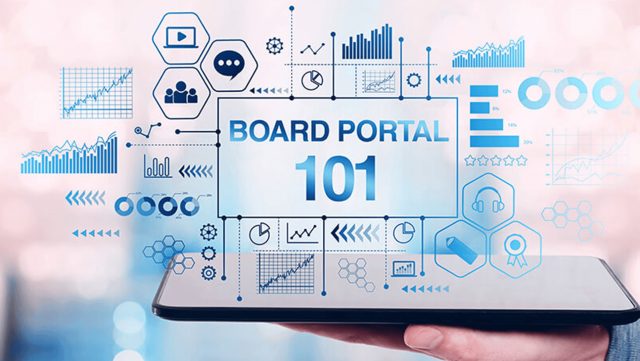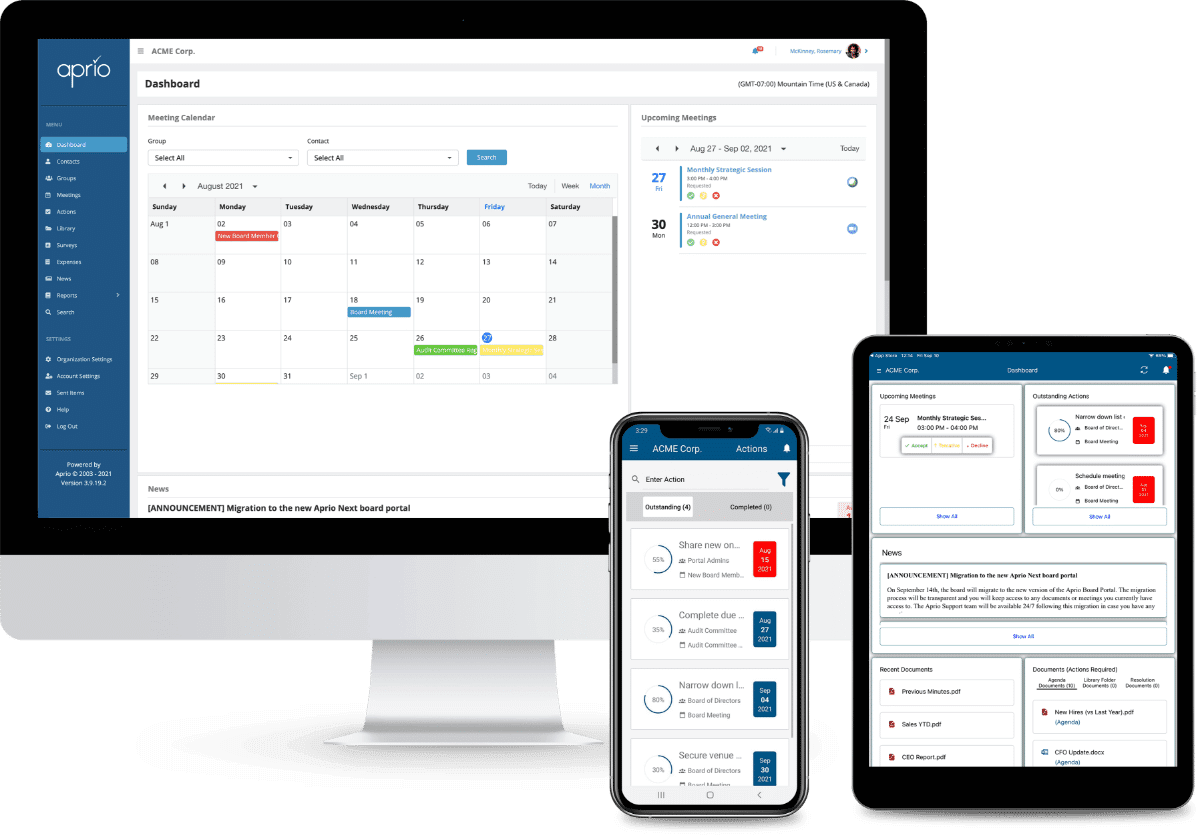
A Board serves as the backbone of an organization. It steers it toward its goals, ensuring compliance, and safeguarding stakeholder interests. However, the traditional methods of managing activities, such as endless email threads and bulky physical documents fall short in today’s fast-paced world.

This is where board portal software steps in. It revolutionizes the way boards operate and collaborate.
If your company is looking for that kind of software, this article will guide you on how to get one. Read on to learn more about what it entails:
What is Board Management?
The process encompasses the strategic planning, decision-making, and oversight duties carried out by a company’s board of directors. It involves setting agendas, conducting meetings, communicating crucial information, and monitoring organizational performance.
Essentially, management ensures that the company’s governance structure operates smoothly and efficiently. So, why is it important for a company to have a board management? It all relies on the management and success motive of the company.
What is Board Management Software (BMS)?
BMS, also known as board portal software, is a digital platform designed to streamline the administrative tasks associated with board operations. It provides a centralized hub for storing and accessing important documents, scheduling meetings, conducting votes, and facilitating communication among board members. BMS empowers boards to work more efficiently, securely, and transparently, irrespective of their geographical locations.
How to Perform Effective Management
If you are looking at performing effective board management with BMS , read the tips below:
Create a Meeting Agenda
A well-planned agenda is the cornerstone of productive board meetings. Software enables administrators to easily create, distribute, and update meeting agendas.
By outlining the topics to be discussed and setting clear objectives, the agenda ensures that meetings stay focused and productive.
Create a Collaborative Relationship, Especially with the CEO

Collaboration between the board and the CEO is essential for effective governance. Board portal software fosters seamless communication between members and executive leadership, allowing for real-time updates, sharing of reports, and discussions on strategic initiatives. This collaborative approach ensures alignment between the board’s oversight role and the CEO’s operational responsibilities.
Add Members from Outside Your Company
Boards often benefit from the expertise and diverse perspectives of external members, such as industry experts or independent directors. Software facilitates the inclusion of external members by providing them with secure access to relevant documents and discussions. This promotes broader insights and enhances decision-making processes.
Create Meetings with Your Stakeholders
Engaging stakeholders in board meetings can provide valuable insights and foster transparency. Software allows boards to invite stakeholders, such as investors, regulators, or community representatives, to participate in specific discussions or presentations. By incorporating diverse viewpoints, boards can make more informed decisions that resonate with stakeholders’ interests.
Prioritize Risk Management
Identifying and mitigating risks is a critical responsibility of the board. Software supports robust risk management by providing tools for documenting risk assessments, monitoring compliance activities, and tracking remediation efforts.
By staying proactive in risk management, boards can safeguard the organization’s reputation and long-term viability.
Why use it?

There are many benefits of using board portal software. So, if you have not adopted this technology, this is the right moment for your business. Once you have the tool, here are some of the benefits:
1. Accessible Data
Gone are the days of cumbersome paper-based board packs and endless email chains. BMS centralizes all essential documents, agendas, and meeting minutes in one secure digital platform.
This accessibility ensures that board members can effortlessly access the information they need, whenever and wherever they need it. Whether they’re in the boardroom or on the go, stakeholders can stay informed and prepared, fostering a culture of transparency and accountability.
2. Shorter Meeting Times
Traditional meetings often suffer from information overload and inefficiency, leading to lengthy, unproductive sessions. Software streamlines the meeting process by providing a structured agenda, automated notifications, and real-time updates.
With easy access to relevant documents and discussion threads, meetings become more focused, productive, and time-efficient. Board members can spend less time sifting through paperwork and more time deliberating on strategic initiatives and driving organizational growth.
3. Increased Engagement

Effective governance requires active participation and engagement from all board members. BMS facilitates collaboration and communication by offering interactive features such as polls, surveys, and electronic voting.
Additionally, built-in communication tools enable board members to exchange ideas, share feedback, and collaborate on projects between meetings. By fostering a culture of engagement, organizations can harness the collective expertise of their board members and make more informed decisions.
4. Limiting Access to Specific Members
Confidentiality and data security are paramount in board operations, particularly when dealing with sensitive information. BMS allows organizations to control access to documents and restrict permissions based on roles and responsibilities.
Administrators can designate specific members or committees to access confidential materials, ensuring that sensitive information remains protected from unauthorized disclosure. This granular control enhances data security and instills confidence among members and stakeholders.
5. Saving Time and Money
Efficiency and cost-effectiveness go hand in hand with board management software. By eliminating the need for printing, mailing, and storing paper documents, organizations can significantly reduce administrative overhead and operational expenses.
Moreover, the streamlined workflows and automated processes associated with BMS free up valuable staff time, allowing resources to be allocated more strategically. The long-term savings in time and money can be reinvested into initiatives that drive organizational success and mission fulfillment.
Conclusion

A software offers a myriad of benefits for organizations seeking to optimize their governance practices. From enhancing accessibility and engagement to saving time and money, the advantages are clear.
By embracing digital solutions, boards can streamline their operations, foster collaboration, and position themselves for success in an increasingly complex and competitive landscape.
So, for a business that has not adopted this technology, this is the right time. You will be able to streamline your activities effectively. Good luck!













